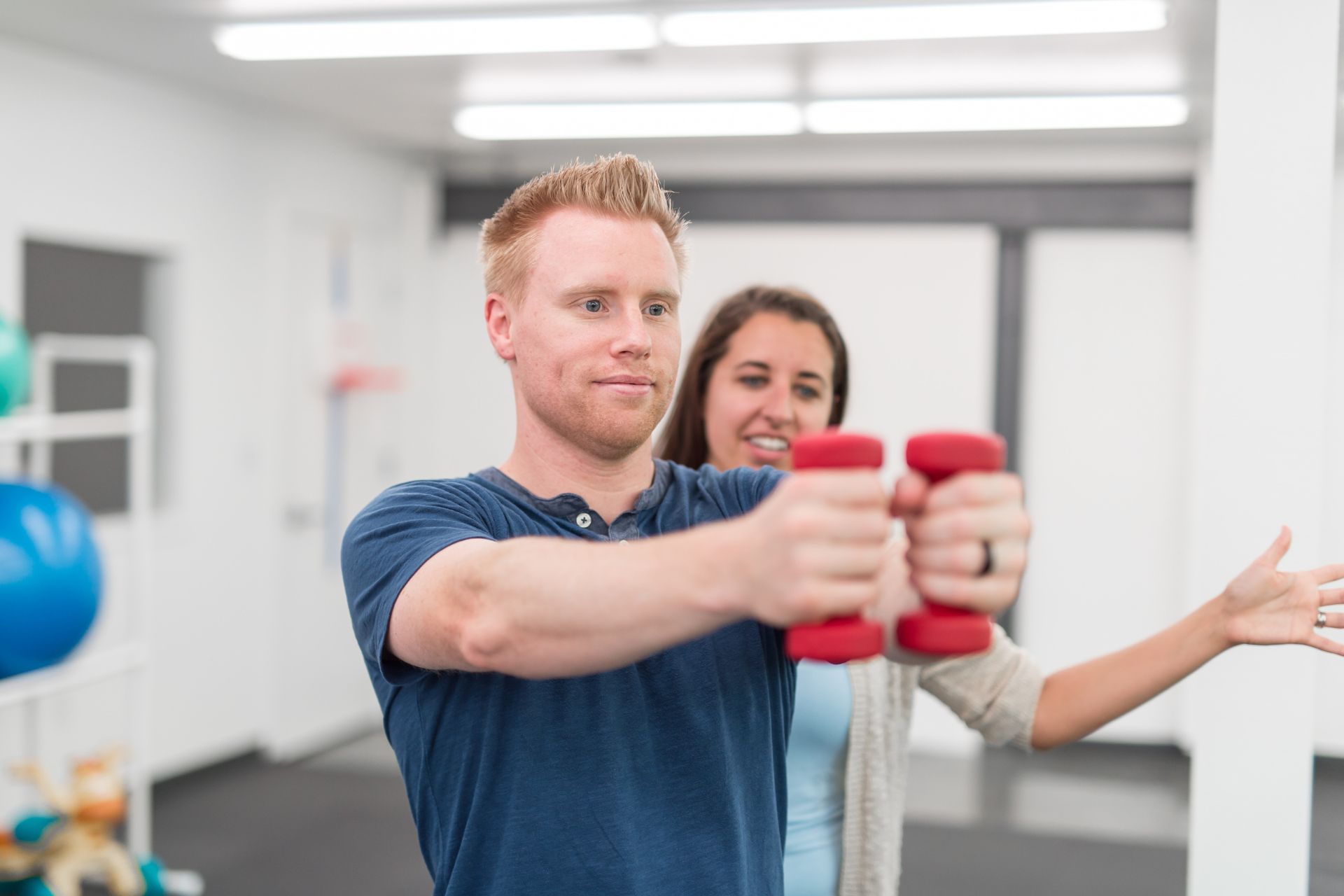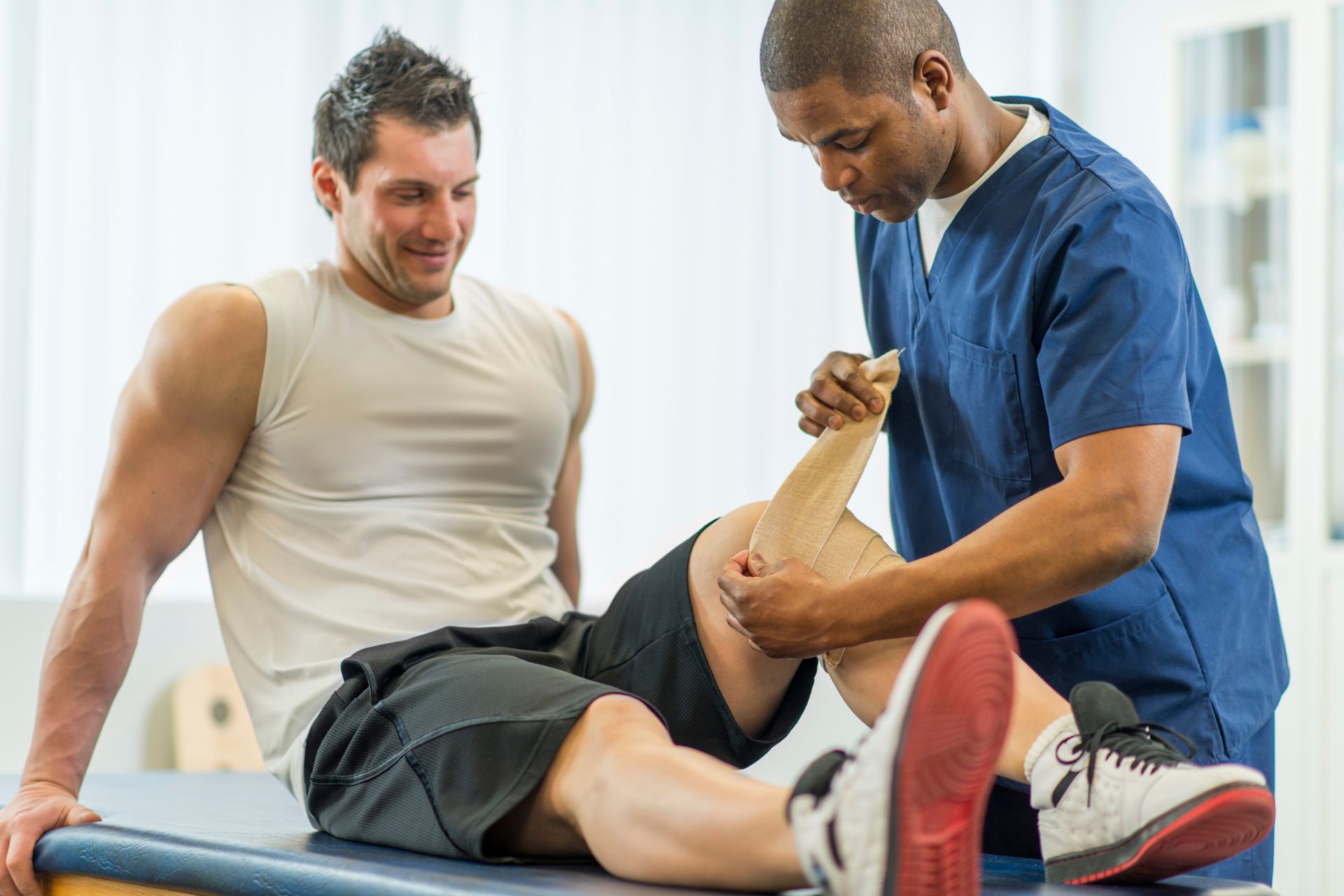Frequently Asked Questions
Transcutaneous electrical nerve stimulation (TENS), neuromuscular electrical stimulation (NMES), and interferential current therapy are among the most effective modalities for post-surgical orthopedic pain relief. TENS utilizes low-voltage electrical currents to modulate pain perception by stimulating sensory nerves, thereby reducing nociceptive signals through gate control mechanisms. NMES focuses on muscle activation and rehabilitation, facilitating functional recovery while alleviating postoperative discomfort through increased endorphin release and improved blood circulation. Interferential current therapy employs alternating medium-frequency currents that penetrate deeper tissues with minimal discomfort, effectively addressing both acute inflammation and chronic pain syndromes associated with surgical interventions in orthopedic patients. These modalities not only enhance analgesia but also promote faster healing processes, making them integral components of comprehensive postoperative care strategies in orthopedics.
Cognitive-behavioral therapy (CBT) complements physical therapy in managing chronic musculoskeletal pain by addressing the psychological factors that often exacerbate patients' perceptions of discomfort and functionality. Through techniques such as cognitive restructuring, mindfulness training, and stress management, CBT helps individuals develop adaptive coping strategies to mitigate fear-avoidance behaviors associated with chronic pain syndromes like fibromyalgia or lower back pain. This therapeutic synergy enhances adherence to physical rehabilitation protocols while promoting self-efficacy and improved emotional regulation, ultimately leading to better treatment outcomes. Furthermore, integrating motivational interviewing within this interdisciplinary approach fosters a holistic understanding of the biopsychosocial model of health, enabling clinicians to target both somatic symptoms through manual therapies or exercise regimens alongside psychosocial interventions for anxiety reduction and enhanced resilience against persistent nociceptive signals.
Progressive muscle relaxation techniques serve a crucial role in alleviating acute postoperative discomfort during rehabilitation by promoting physiological and psychological well-being. These techniques involve systematic tensing and releasing of muscle groups, which facilitates the reduction of muscular tension often associated with surgical trauma. By enhancing blood circulation and activating the parasympathetic nervous system, progressive muscle relaxation can effectively diminish pain perception and anxiety levels among patients recovering from invasive procedures. Furthermore, this method fosters mindfulness and body awareness, allowing individuals to better manage their stress responses while navigating the challenges of recovery. Incorporating these relaxation strategies into postoperative care protocols may lead to improved overall patient outcomes, including decreased reliance on analgesics, enhanced mobility during physical therapy sessions, and accelerated healing processes through optimized mental state management.
Ultrasound-guided injections play a crucial role in enhancing therapeutic outcomes for patients with knee osteoarthritis by providing precise localization of intra-articular structures, thereby ensuring accurate placement of corticosteroids or hyaluronic acid directly into the affected joint space. This targeted approach minimizes collateral damage to surrounding tissues and maximizes synovial fluid distribution, leading to effective pain relief and improved functionality during physical therapy sessions. By utilizing real-time imaging technology, clinicians can assess volumetric changes within the joint capsule and monitor inflammatory processes more effectively. The reduction in periarticular inflammation facilitates enhanced range of motion and promotes better adherence to rehabilitation protocols, ultimately contributing to superior long-term management of symptoms associated with degenerative cartilage disease. Furthermore, ultrasound guidance decreases the risk of complications such as infection or bleeding while increasing patient confidence in treatment efficacy through visible confirmation of injection accuracy.
Research has demonstrated that virtual reality (VR) technology significantly enhances pain management strategies during rehabilitation exercises by immersing patients in engaging, interactive environments that distract from painful stimuli. Studies indicate that VR induces a state of cognitive load, effectively reducing the perception of pain through attentional diversion and facilitating increased participation in therapeutic activities. Additionally, evidence suggests that the use of VR can promote neuroplasticity and improve functional outcomes by incorporating gamification elements into physical therapy routines. The incorporation of biofeedback mechanisms within VR systems further enables real-time monitoring and adjustment of exercise intensity based on individual tolerance levels, thereby optimizing patient engagement while minimizing discomfort. These multi-faceted benefits position virtual reality as a promising adjunctive tool for improving adherence to rehabilitation protocols and enhancing overall recovery trajectories across various clinical populations suffering from acute or chronic pain conditions.

